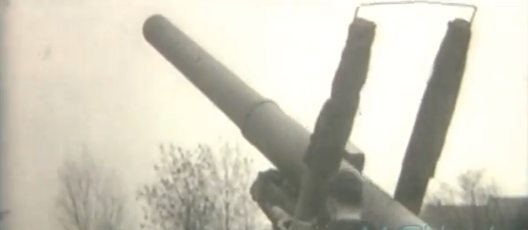 WW2 History of Europe
ww2 history
WW2 History of Europe
ww2 history
Operation Veritable Part One
Listing Details
- Veritable February 8- March 1
Description
Operation Veritable was a Second World War pincer movement conducted by Field Marshal Bernard Montgomery's 21st Army Group to clear and occupy the land between the Rhine and Maas rivers. It took place between 8 February and 11 March 1945. It was a part of General Dwight Eisenhower's "broad front" strategy to occupy the west bank of the Rhine before attempting any crossing. Veritable was originally called Valediction and had been planned for execution in early January, 1945.
The operation had three primary complications. First, the heavily forested terrain, squeezed between the Rhine and Maas rivers, largely nullified Anglo-Canadian advantages in manpower and armour and the situation was exacerbated by soft ground of the glacial loam and deliberate flooding of the adjacent flood plains. The allied plan was, that this being the northern end of the Siegfried Line, albeit heavily fortified, a skirting movement around the line was possible here.
Second, Operation Veritable was the northern phase of a double pincer movement.
The proposed southern pincer, by the United States 9th Army, had been postponed when the Germans released the waters from the Roer dams. No military actions could occur until the water subsided.
The delay allowed German forces to be concentrated against the Anglo-Canadian advance. The local German commander, Alfred Schlemm, fortified Siegfried Line against the allied advance and he had fresh elite troops at his disposal to strengthen his defence. The fighting was hard, but the allied advance continued, albeit more costly and more slowly than expected. On 22 February, once clear of the Reichswald (German, Imperial Forest), the offensive was renewed under the name Blockbuster and linked up with the US 9th Army near Geldern on 4 March.
Fighting continued as the Germans sought to retain a bridgehead on the west bank of the Rhine and evacuate as many men and as much equipment as possible before they destroyed the bridges. Finally, on 10 March, the German withdrawal ended and the last bridges were destroyed.
After the war, General Dwight Eisenhower, the Allied Supreme Commander, commented this "was some of the fiercest fighting of the whole war" and "a bitter slugging match in which the enemy had to be forced back yard by yard". Montgomery, the Army commander, wrote "the enemy parachute troops fought with a fanaticism unexcelled at any time in the war" and "the volume of fire from enemy weapons was the heaviest which had so far been met by British troops in the campaign."

